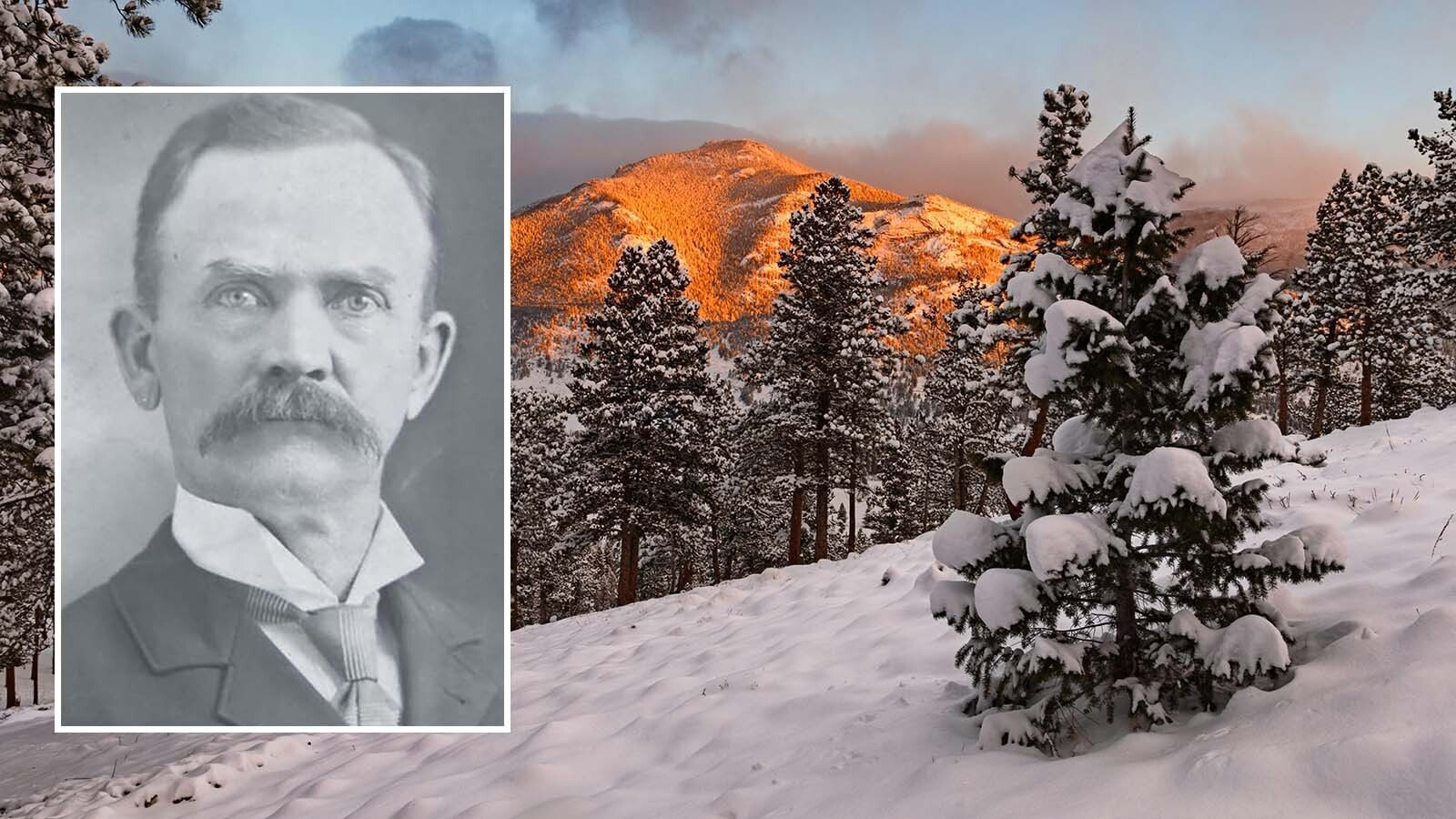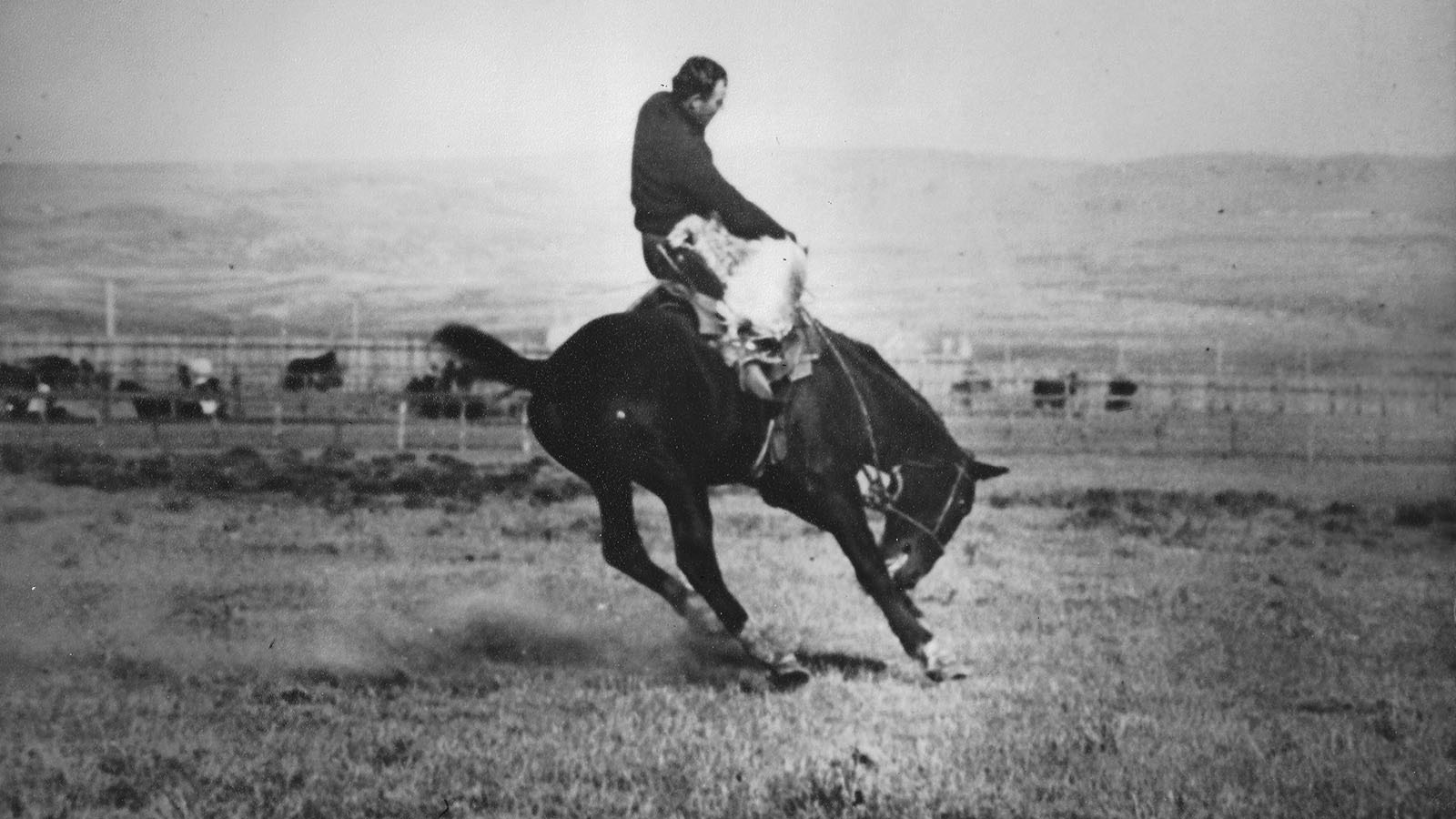Long before there was Wild Bill Hickock, before there was Wyatt Earp or Doc Holliday or Sam Bass or Billy the Kid or any other name you can pull from the pantheon of Old West gunfighters, there was Orrin Porter Rockwell.
Born in 1813, Rockwell was an early convert to the newly formed Church of Jesus Christ of Latter-day Saints and a lifelong friend of its founder, Joseph Smith.
His career as a gun hand took root in the 1830s when Missouri Pukes—as they were disparagingly known at the time—kicked Mormon settlers, including Rockwell, out of Jackson County to settle elsewhere in the state.
Among the agitators was a prominent trader and businessman named Lilburn Boggs, who would later become governor and force the Mormons out of Missouri altogether. Boggs would make a later appearance in Rockwell’s story.
The young Rockwell determined that he would never again be bullied and set to work becoming proficient with firearms.
Smith gathered his Mormons in western Illinois and built a city called Nauvoo in Hancock County along the Mississippi River. Porter Rockwell’s first documented killing happened there in 1844. As had been the case everywhere they settled, from New York to Ohio to Missouri, the Mormons soon clashed with their Illinois neighbors. Joseph Smith was arrested and jailed, then murdered by a mob.
Jacob Backenstos, sheriff of Hancock County, had some sympathy for the Mormons, which did not put him in good stead with those who disliked the Saints. One day Frank Worrell, leader of the mobbers who had murdered Smith, and some cohorts were chasing after the sheriff with murderous intent.
Backenstos happened upon Rockwell, stopped on the road at a stream crossing to water his horse. He deputized him on the spot and sought his aid. Rockwell complied, shooting Worrell out of the saddle as he approached, gun in hand.
While that was Rockwell’s first documented killing, it is unlikely his first shooting, which brings Lilburn Boggs back into the story. Boggs had served his term as governor and gone back to his businesses in Independence.
While sitting in his home one rainy night reading the newspaper, someone fired a load of buckshot through the window. Doctors attending the wounded man said he would not survive the balls that had torn his head and throat to shreds. But survive he did.
Suspicion immediately fell on a man called Brown, who was seen in the area and known to have handled the offending pepperbox pistol the in a store before the weapon came up missing, later to be found in the mud outside Boggs’s window, one barrel empty and the others overcharged with generous loads of powder and shot. Brown, who turned out to be Rockwell, was jailed for the crime but there was not enough evidence to try him.
He was released from jail and made his way back to Nauvoo through hostile territory, where Smith welcomed him. And he blessed his friend, now sporting long hair and a beard grown while locked up, and promised if he stayed true to the Mormon faith and did not cut his hair “no bullet or blade” could harm him.
After the attempted murder of Boggs and before the killing of Frank Worrell, there were other killings placed at Rockwell’s feet. He had served as bodyguard to Smith and was accused of a number of killings at his prophet’s bidding.
But it was out west, where the Mormons relocated after expulsion from Illinois, that Porter Rockwell became, arguably, the most feared gunman of his day. Some of the shootings occurred as Rockwell enforced the law as a deputy United States Marshal.
Others, it was claimed, were off the books, at the behest of his new religious leader, Brigham Young. Just how many deaths Rockwell was responsible for is impossible to determine, but at least a dozen are undisputed, including the death of his young friend Lot Huntington at a shootout at Faust Station in Utah’s west desert.
Huntington was accused of stealing a strongbox from an Overland Mail station, then stealing a horse—belonging to another friend of Rockwell—in the escape. Rockwell recovered the horse, but only after killing Huntington when he refused to surrender and pulled his gun.
Rockwell’s reign of terror covered years and spread from the gold fields of California to the emigrant trails. To outsiders, he was considered a murderer, a “destroying angel.” To most Mormons he was thought of as an angel of a better nature, protecting his fellow Saints. Myths and legends grew around the man, emphasizing his immunity to bullet and blade in his many violent encounters.
He died with his boots on, albeit of natural causes in bed, in 1878. A Mormon leader eulogized him as having “had his little faults, but Porter’s life on earth, taken altogether, was one worthy of example.”
The Salt Lake Tribune reported, “He killed unsuspecting travelers.... He killed fellow Saints.... He killed Apostates who dared wag their tongues about the wrongs they had endured. And he killed mere sojourners in Zion merely to keep his hand in.”
The Tribune accused him of “at least a hundred murders for the Church.”
Utah historian R. B. Miller can be reached at writerRodMiller@gmail.com





